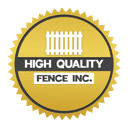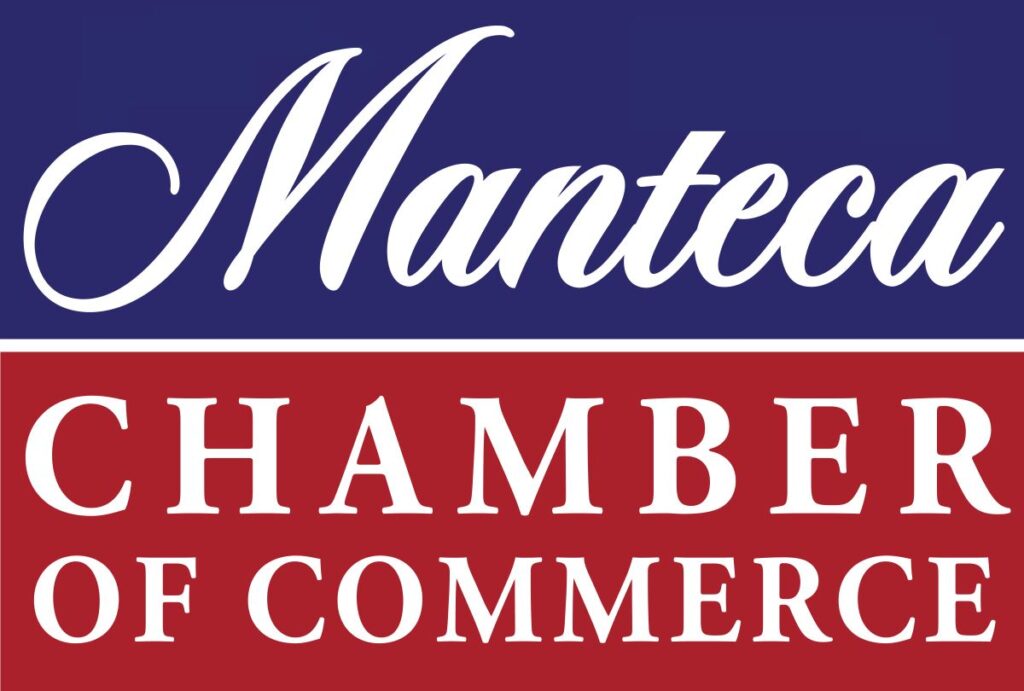Creative and Practical Applications for Fence Uses

Fence uses extend far beyond mere boundaries, evolving into essential tools for creativity and practicality in various settings. From traditional wooden pickets delineating property lines to contemporary metal designs enhancing outdoor aesthetics, fences offer versatile solutions. They not only define spaces but also serve as canvases for artistic expressions, whether through vibrant murals or integrated vertical gardens.
In urban landscapes, innovative applications like soundproofing barriers or urban farming structures demonstrate the adaptability of fence designs. Embracing both form and function, exploring fence uses unveils a spectrum of possibilities, from enhancing privacy to fostering community engagement through shared spaces and public art installations.
Vertical Gardens: Greening Up Spaces
Vertical gardens represent a burgeoning trend in urban and suburban areas alike, offering a creative solution to limited ground space. By utilizing fences as supports for plant life, vertical gardens not only beautify surroundings but also contribute to environmental sustainability. These gardens can range from simple arrangements of potted plants to intricate systems using hydroponics or aeroponics.
They provide opportunities to grow herbs, vegetables, and flowers, bringing nature closer to urban dwellers and enhancing air quality in densely populated areas. Moreover, vertical gardens can serve as natural insulation, reducing energy costs by moderating temperature fluctuations around buildings. Overall, they exemplify a harmonious blend of aesthetics and functionality, transforming fences into living, breathing elements of architectural design.
Artistic Murals: Transforming Boundaries
Artistic murals on fences transcend their role as mere dividers, becoming powerful mediums for storytelling, cultural expression, and community engagement. These murals turn blank walls into canvases that reflect local heritage, social issues, or simply add visual intrigue to neighborhoods. Beyond aesthetics, they foster a sense of pride and identity among residents, often becoming landmarks or tourist attractions in their own right.
Artists, both amateur and professional, use fences as opportunities to share messages of hope, unity, and creativity. Moreover, public art installations on fences can deter vandalism and graffiti, transforming mundane barriers into dynamic, ever-evolving artworks that contribute to the cultural vibrancy of urban spaces. In essence, artistic murals on fences redefine the concept of boundaries, turning them into bridges that connect communities through shared visual narratives.
Sound Barrier Innovations: Enhancing Peace
Sound barrier innovations in fence design are crucial for mitigating noise pollution in urban environments. These fences utilize advanced materials and construction techniques to absorb or deflect sound waves effectively. Whether along highways, railways, or residential areas, sound barrier fences reduce the impact of noise on inhabitants, promoting tranquility and well-being.
Materials such as concrete, wood composites, or specialized acoustical panels are engineered to dampen sound transmission, creating quieter environments for homes, schools, and businesses. Additionally, sound barrier fences can be aesthetically integrated into landscapes, incorporating greenery or decorative elements while maintaining their primary function. By enhancing acoustic comfort, these innovations contribute to a healthier living environment and improved quality of life for communities affected by noise pollution.
Privacy Shields: Creating Personal Sanctuaries
Privacy shields on fences are essential for creating intimate, secure spaces within homes and gardens. Whether in densely populated urban neighborhoods or suburban settings, these shields provide seclusion from prying eyes and unwanted distractions. Various materials such as wood slats, vinyl, or bamboo can be used to construct privacy shields that blend seamlessly with architectural styles and landscaping preferences. Beyond visual barriers, they offer acoustic insulation, reducing noise from neighboring properties and enhancing the tranquility of outdoor living spaces.
Privacy shields also enable homeowners to enjoy their outdoor areas without compromising on personal space or security. Moreover, creative design options such as lattice patterns, decorative screens, or integrated planters add aesthetic value while fulfilling practical needs. Ultimately, privacy shields on fences empower individuals to customize their environments, fostering a sense of retreat and relaxation amidst the bustle of modern life.
Pet-Friendly Enclosures: Safe Spaces for Companions
Pet-friendly enclosures integrated into fences are essential for ensuring the safety and well-being of beloved companions. These enclosures provide secure areas where pets can roam freely without the risk of wandering off or encountering potential hazards. Whether for dogs, cats, or smaller animals, fenced-in spaces offer peace of mind to pet owners, allowing pets to enjoy outdoor activities while remaining within a designated boundary. Materials like sturdy metal or composite panels are often used to construct these enclosures, providing durability against weather elements and ensuring long-term functionality.
Additionally, considerations such as gate access, height, and spacing between panels are tailored to the specific needs and behaviors of pets. Some enclosures may include features such as shade structures, water stations, or play equipment, enhancing the overall comfort and enjoyment of pets outdoors. Ultimately, pet-friendly enclosures on fences foster a safe, controlled environment where pets can thrive and interact with their surroundings under the watchful eye of their owners.
Smart Fence Technologies: Integrating Security
Smart fence technologies represent the forefront of innovation in enhancing property security and management. These technologies incorporate sensors, cameras, and automated systems into fence structures, enabling real-time monitoring and control of access points. Smart fences can detect unauthorized entry attempts, triggering alarms or notifications to property owners or security services. Integration with home automation systems allows for remote operation of gates, lighting, and surveillance features, enhancing convenience and safety.
Moreover, advanced analytics and AI algorithms can analyze data collected by smart fences to identify patterns or anomalies, further improving security protocols. Materials used in smart fence construction often include high-strength alloys or composite materials, ensuring robustness and resistance to tampering or damage.
Community Gardens: Cultivating Urban Connections
Community gardens on shared fence spaces foster social interaction, food security, and environmental stewardship within urban communities. These gardens utilize fence lines as vertical or horizontal supports for growing fruits, vegetables, herbs, and flowers collectively maintained by local residents. They provide opportunities for neighbors to collaborate, share resources, and cultivate fresh produce in urban environments where access to green spaces may be limited.
Beyond agricultural benefits, community gardens on fences promote physical activity, mental well-being, and a sense of belonging among participants. Educational programs and workshops on gardening techniques or sustainable practices often complement these initiatives, empowering community members with valuable skills and knowledge.
Flexible Partitioning: Adapting Spaces Dynamically
Flexible partitioning systems integrated into fences offer dynamic solutions for dividing or transforming spaces according to changing needs. These systems utilize movable panels, retractable screens, or modular structures that can be adjusted or reconfigured to create temporary enclosures, private areas, or open layouts. Ideal for both residential and commercial settings, flexible partitioning enhances spatial flexibility, allowing users to optimize space utilization without permanent alterations to property layouts. Materials such as lightweight metals, fabric screens, or translucent panels are commonly used in these systems to provide durability, ease of movement, and aesthetic versatility.
Additionally, acoustic properties may be integrated into partitioning designs to improve sound management within interior or outdoor environments. Whether used for hosting events, creating private workstations, or enhancing outdoor living spaces, flexible partitioning on fences empowers users with adaptable solutions that cater to diverse functional and aesthetic preferences.
Decorative Screens: Adding Elegance to Outdoors
Decorative screens on fences serve as stylish enhancements that elevate outdoor aesthetics while offering practical benefits. These screens feature intricate patterns, laser-cut designs, or artistic motifs that complement architectural elements and landscaping themes.
Whether used as standalone features or integrated into fence panels, decorative screens provide visual interest, texture, and a sense of sophistication to outdoor spaces. Materials such as weather-resistant metals, composite materials, or sustainable woods are chosen for their durability and ability to withstand outdoor conditions. Beyond aesthetics, decorative screens may also serve functional purposes such as providing shade, privacy, or wind protection, depending on their design and placement.
Sustainable Materials: Eco-Friendly Choices
Sustainable materials in fence construction prioritize environmental responsibility, resource efficiency, and long-term durability. These materials include recycled plastics, reclaimed wood, bamboo, or composite materials made from renewable sources. By choosing sustainable options, homeowners and businesses reduce their carbon footprint while promoting a circular economy. Sustainable fences are designed to withstand weather extremes and require minimal maintenance, contributing to lower lifecycle costs and reduced environmental impact compared to conventional materials. Moreover, advances in sustainable fencing technologies continue to innovate, offering new possibilities for integrating energy-efficient features, such as solar panels or rainwater harvesting systems, into fence structures. Beyond environmental benefits, using sustainable materials in fences supports ethical sourcing practices and contributes to healthier indoor and outdoor environments.
Exploring the diverse applications of fences reveals their transformative potential beyond mere boundaries. From enhancing privacy and security to fostering community engagement and sustainability, modern fence designs offer innovative solutions for urban and residential spaces alike. Whether you’re seeking to create a tranquil sanctuary with privacy shields or integrate smart technologies for enhanced security, the versatility of fences allows for endless possibilities. Embrace creativity and functionality with fences that not only define spaces but also enrich lives and environments.
Ready to transform your outdoor space? Contact High Quality Fence at 209-815-9015 and info@highqualityfence.com or visit their location at 1112 N. Main Street #171, Manteca, CA 95336. Discover how their expertise can help you integrate stylish and functional fencing solutions into your property today. Let’s build a space that reflects your vision while enhancing the beauty and utility of your outdoor areas.


